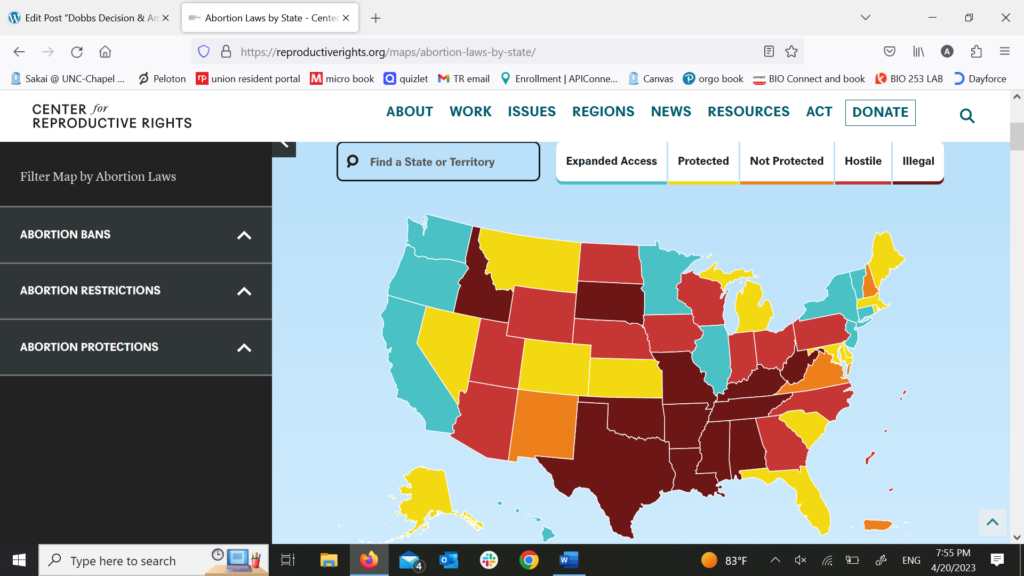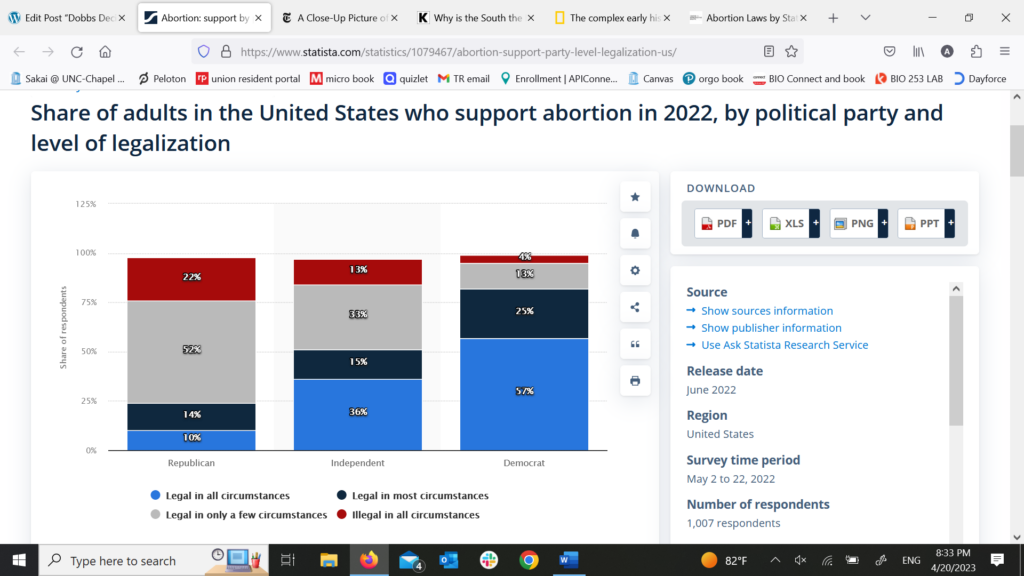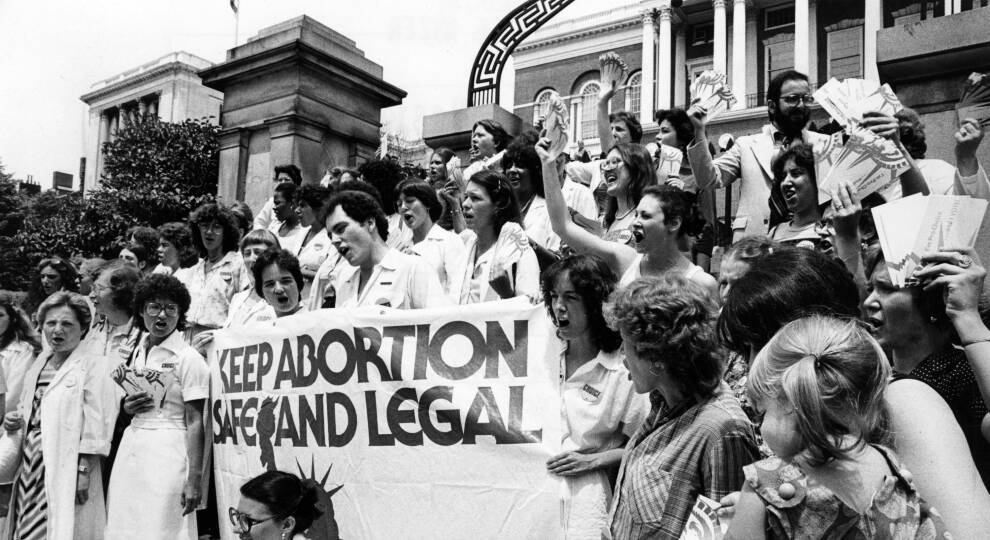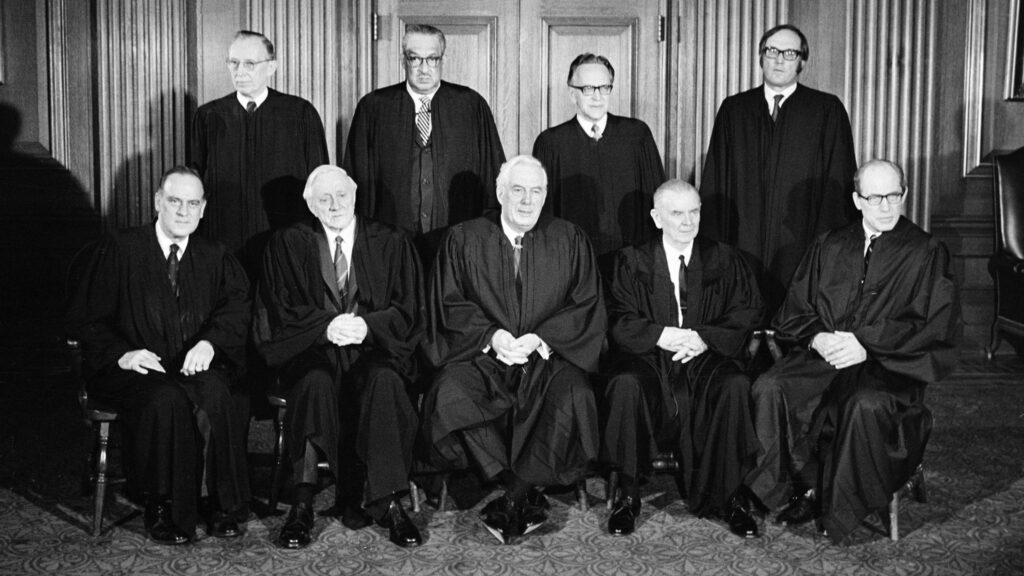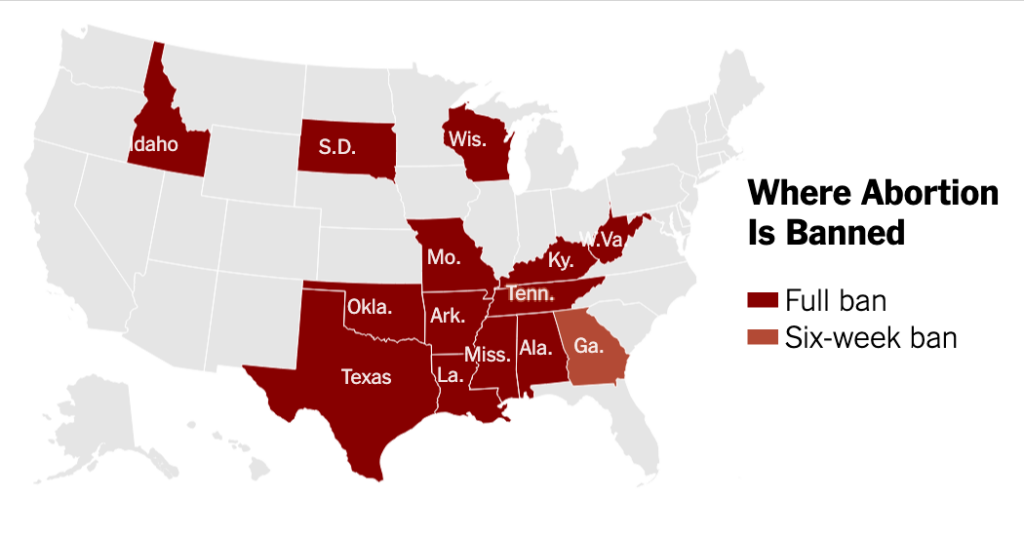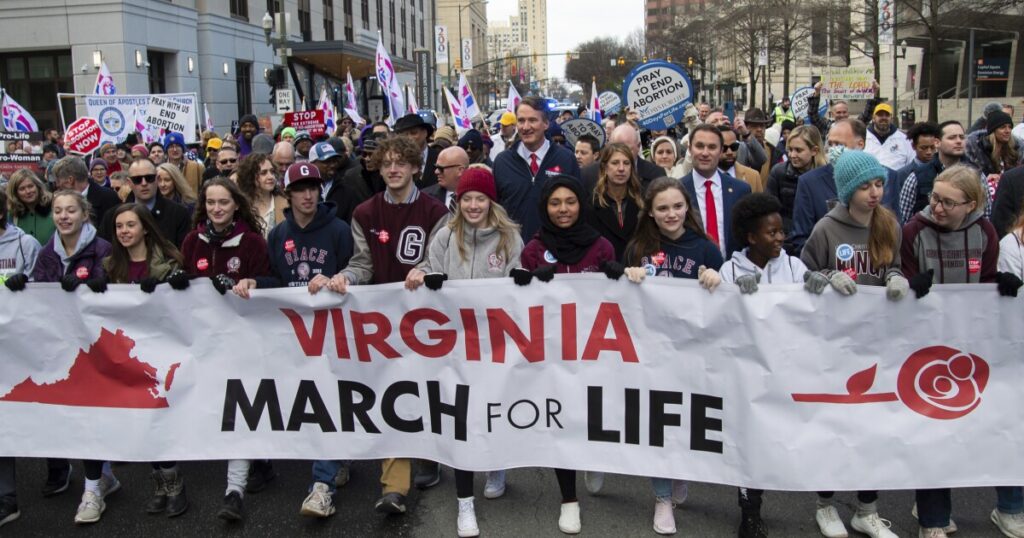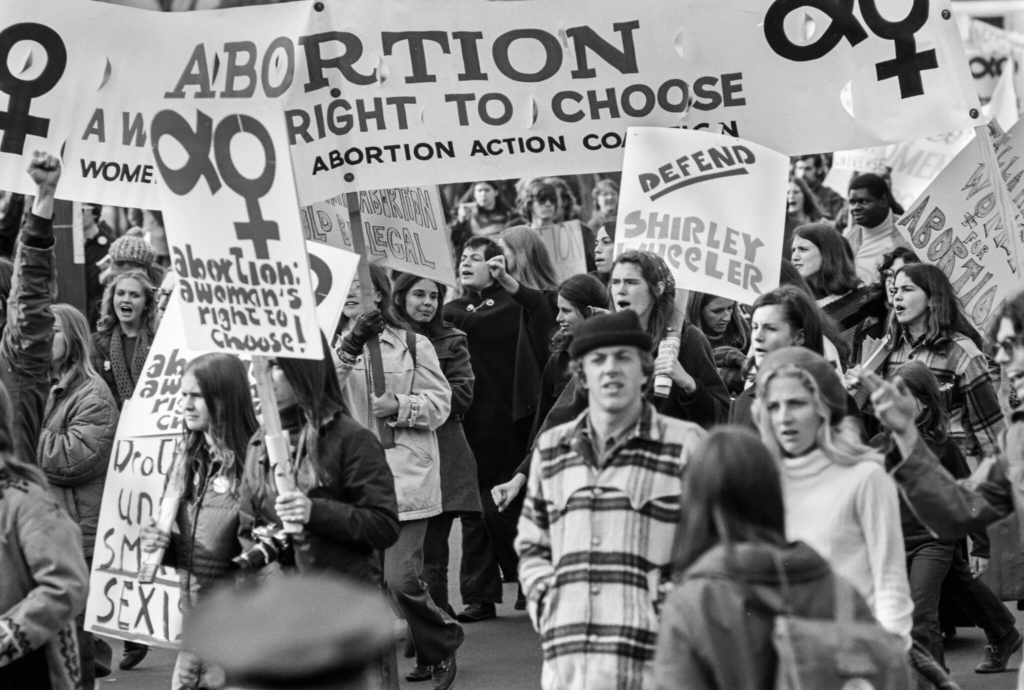Pro-Choice Organizations Voice Opinion after Decision to Overturn Roe v. Wade
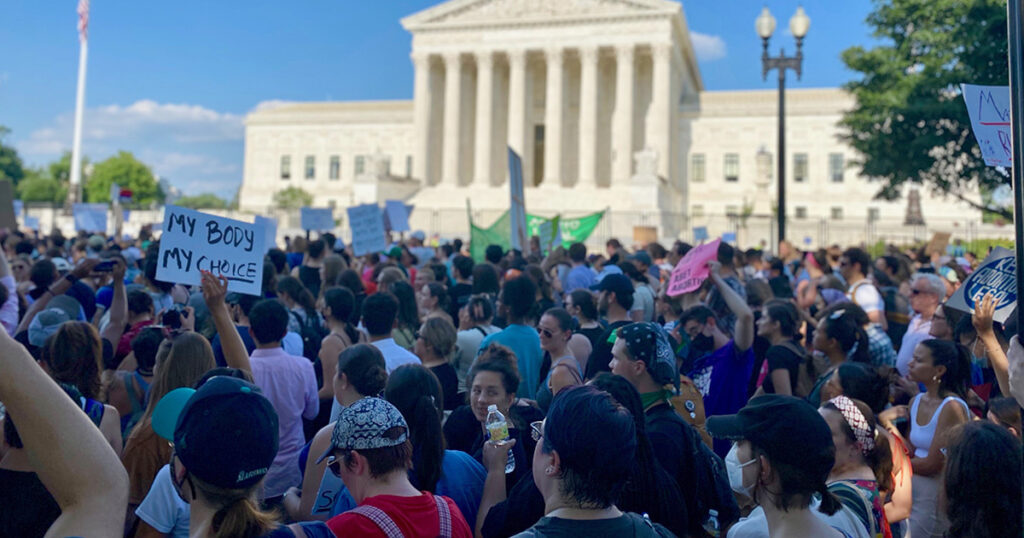
One of the most important U.S. The Supreme Court cases in the world today are Roe vs Wade. This case provided women the ability to choose what to do with their bodies whenever it comes to pregnancy. However, on June 24, 2022 everything changed. On this date the U.S. The Supreme Court overturned the decision set by Roe v Wade, this now puts the power in the hands of the state on what they want to do when it comes to the rights of abortion. Even though this is a supreme court case, there are a lot of politics that are around this issue of abortion. Pro Choice Organizations are liberal usually are democrats. As soon as this decision came out every major pro choice organization quickly reacted to this. On the day of the decision people all across the United States went to the streets to protest the decision. For example one of the largest pro choice organizations “Planned Parenthood” came out with a statement on the day that Roe v Wade was overturned. In their statement they talked about the decisions being “devastating” , and creating “a barrier to health care” [1]. This shows what a significant impact this decision had on Planned Parenthood.
Other national “pro choice” organizations also had strong reactions to the overturning of the Roe v Wade case. For example, the National Association for the Repeal of Abortion Laws (NARAL) Pro Choice in America came out and reacted immediately the day that the decision came out by officially saying on their website that they: “ Condemns a U.S. Supreme Court Decision Overturning Roe v. Wade”[2]. What this can show about the organizations is that they think the ruling of this decision was a very bad decision on the Supreme Court’s part. This was a bad decision because it means that women aren’t allowed to do what they want with their bodies and they can’t make the choice that they want too. This not only says what they feel about the decision but it also says a lot of things about how they feel about it politically.
The Center of Reproductive Rights is one of the largest organizations that have fought for women’s reproductive rights. Under the main webpage they have images of protesters and also they have captions about the abortion pills. They have captions because the next thing that can be potentially taken away is the abortion pill. The caption reads “Medication Abortion Under Threat In The U.S.”. They are trying to highlight that the U.S are changing the rules on accessing these pills. Also there is a limitation on reproductive rights[3].
There were many protests that were held nationwide in the United States right after the Roe v Wade decision was made. For example, according to an article in The Guardian by Poppy Noor, they marched on the 50th anniversary of the Roe v Wade supreme court decision that made abortion a constitutional right in 1973[4]. This can showshow how the original decision of Roe v Wade made a big impact on the memory of people in America. memory of America. People coming out to rally can show how impactful this court case decision was to the significance of this and how it has been added to the collective memory. This decision impacted people’s everyday lives and because of this impact, 50 years later it’s a strong part of the collective memory. This is a strong point in the women’s collective memory because of how important of a decision it was to women’s rights in America. Having this court case overturned will have a significant impact on America’s cultural memory moving forward. It will stay in our memory for the people who are pro choice as one of the saddest days in history.
Another article that talks about the protests that came after the court case was overturned shows how important this decision was especially for people who are pro choice. This shows the fight people were willing to do for their voice to be heard and stand up for what they believe in. The president of Planned Parenthood came out and talked about how devastating this decision is. According to an article by Morgan Smith, the CEO of planned parenthood stated that “The Supreme Court has now officially given politicians permission to control what we do with our bodies deciding that we can no longer be trusted to determine the course for our own lives.”(Smith 2022)[5]. This shows her reaction which will become a part of the collective memory not just for Roe v Wade but for any kind of issue dealing with abortion and women’s reproductive health. This can also show viewers how political this case is to society today. Looking at the protest since this case was overturned shows people’s reactions to it across America. The article titled “Protest spread across the US after the Supreme Court overturns the constitutional right to abortion” by Kelly McCleary and Holly Yan, from CNN says that people went out to protest and 20 people were taken into custody and arrested in New York[6]. The collective memory of Roe v Wade lives within all these organizations and their reactions. It can also be seen within these protests by people who believe that the rights of women deciding whether or not to keep a baby should be decided by the one who is going to give birth instead of letting politicians decide for them.
Works Cited:
- https://www.plannedparenthood.org/planned-parenthood-southern-new-england/newsroom/planned-parenthood-of-southern-new-england-reacts-to-u-s-supreme-court-overturning-roe-v-wade
- https://www.prochoiceamerica.org/2022/06/24/naral-pro-choice-america-condemns-u-s-supreme-court-decision-overturning-roe-v-wade/
- https://reproductiverights.org/
4. https://www.theguardian.com/us-news/2023/jan/22/womens-march-2023-roe-v-wade-abortion-rights
5. https://www.cnbc.com/2022/06/24/planned-parenthood-ceo-on-roe-ruling-freedoms-are-on-the-line.html
6. https://www.cnn.com/2022/06/27/us/supreme-court-overturns-roe-v-wade-monday/index.html
By Christian Hamilton
